They Had That Back Then? #3
Today's lesson: Flat Screen TV (this is a long one to make up for not posting anything in a while).
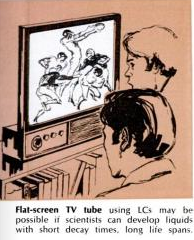
From the February 1972 issue of Popular Science.
To make things easier I had to scale everything down. Just click on the pictures if you want to read the whole article and you will be taken to the Google Books page.
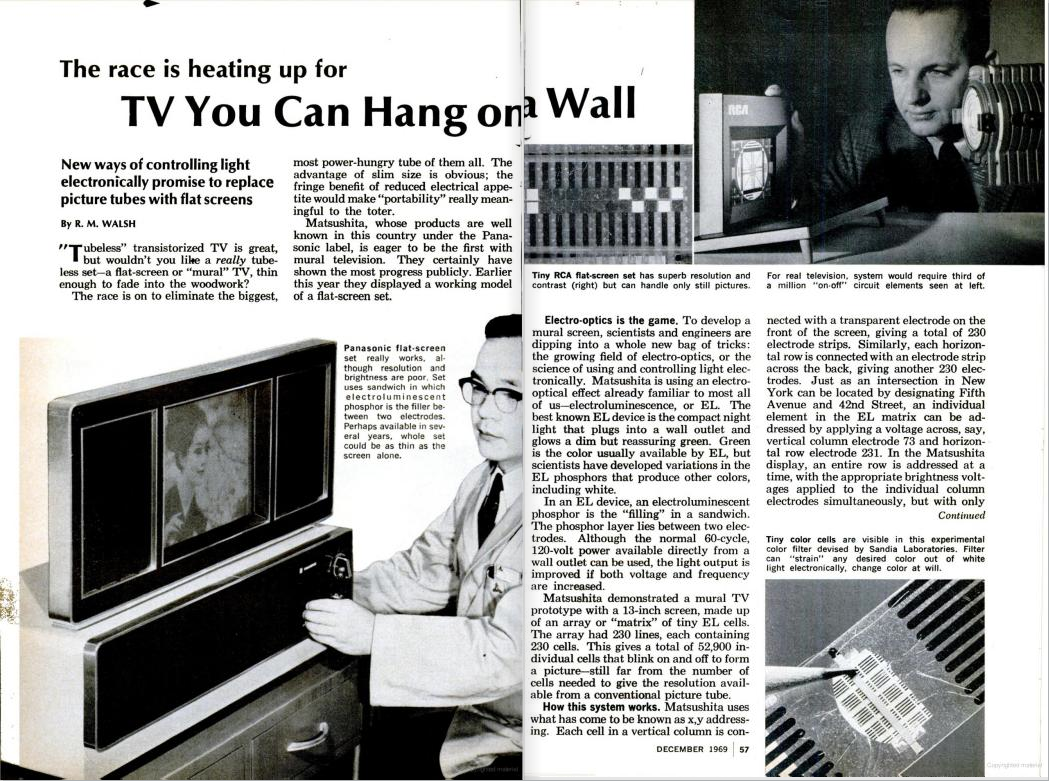
From the December 1969 issue of Popular Science.
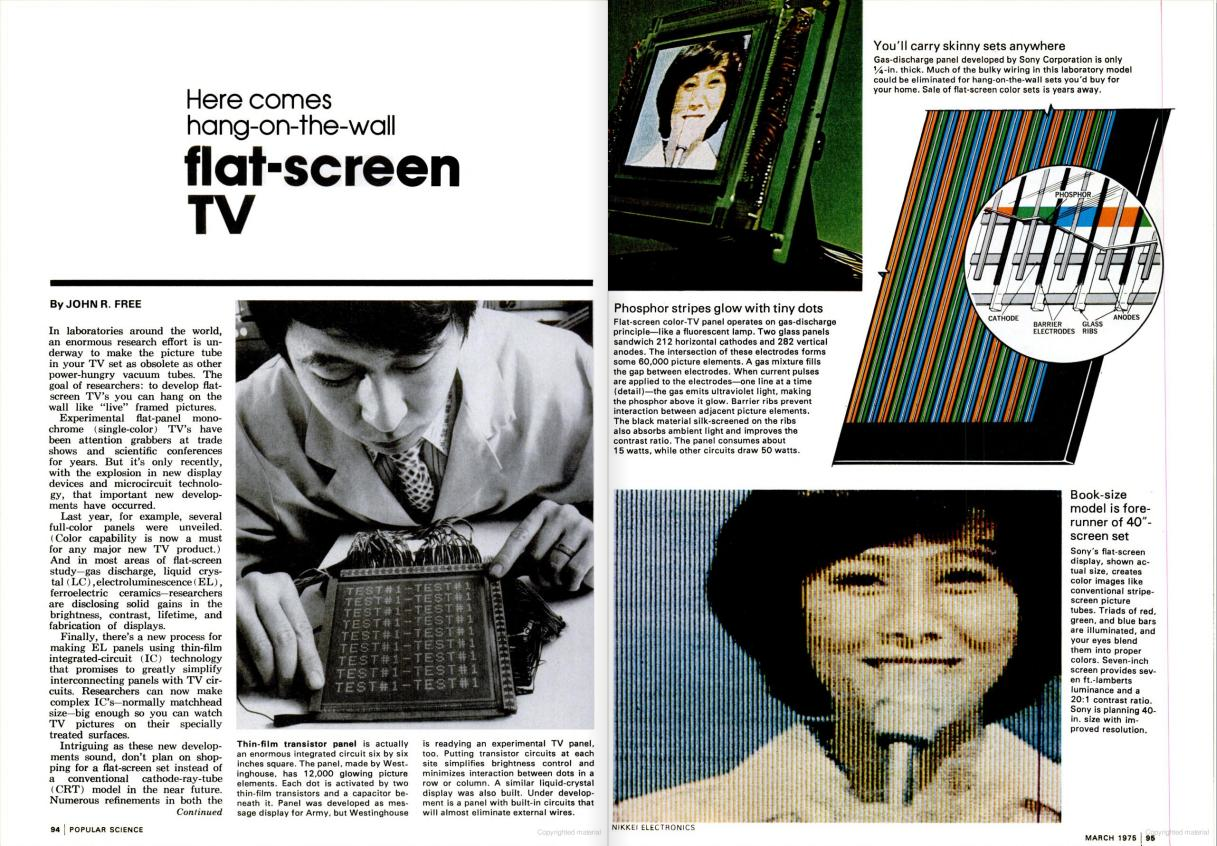
From the March 1975 issue of Popular Science.
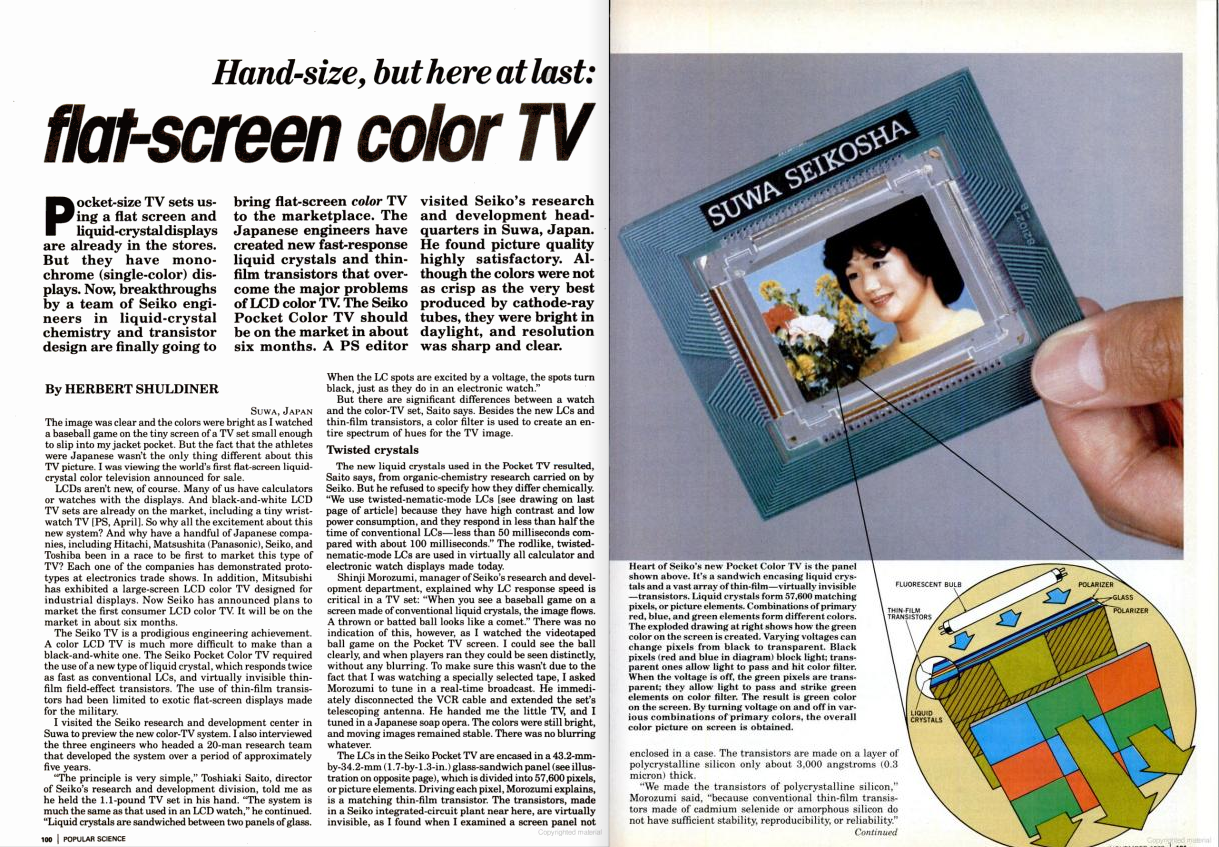
From the November 1983 issue of Popular Science.
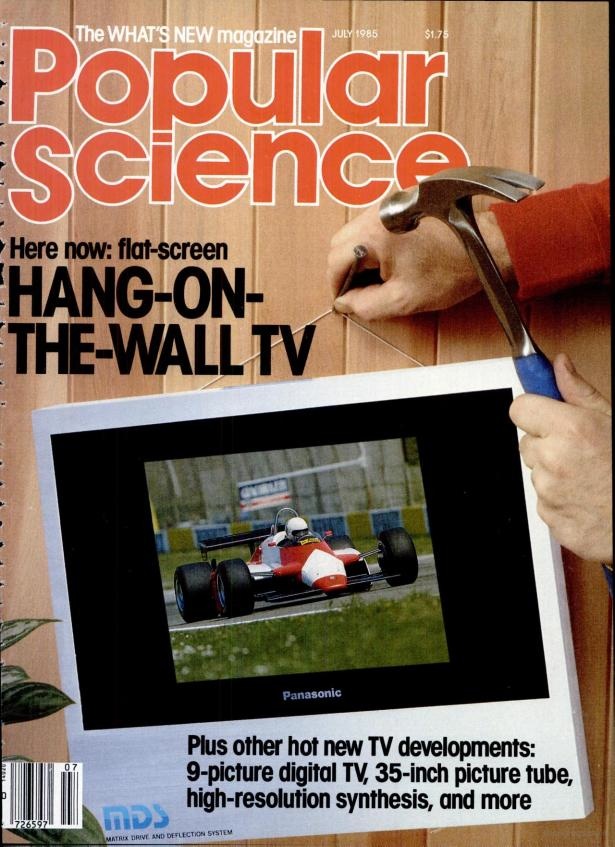
Bonus: Picture in Picture and HD converter
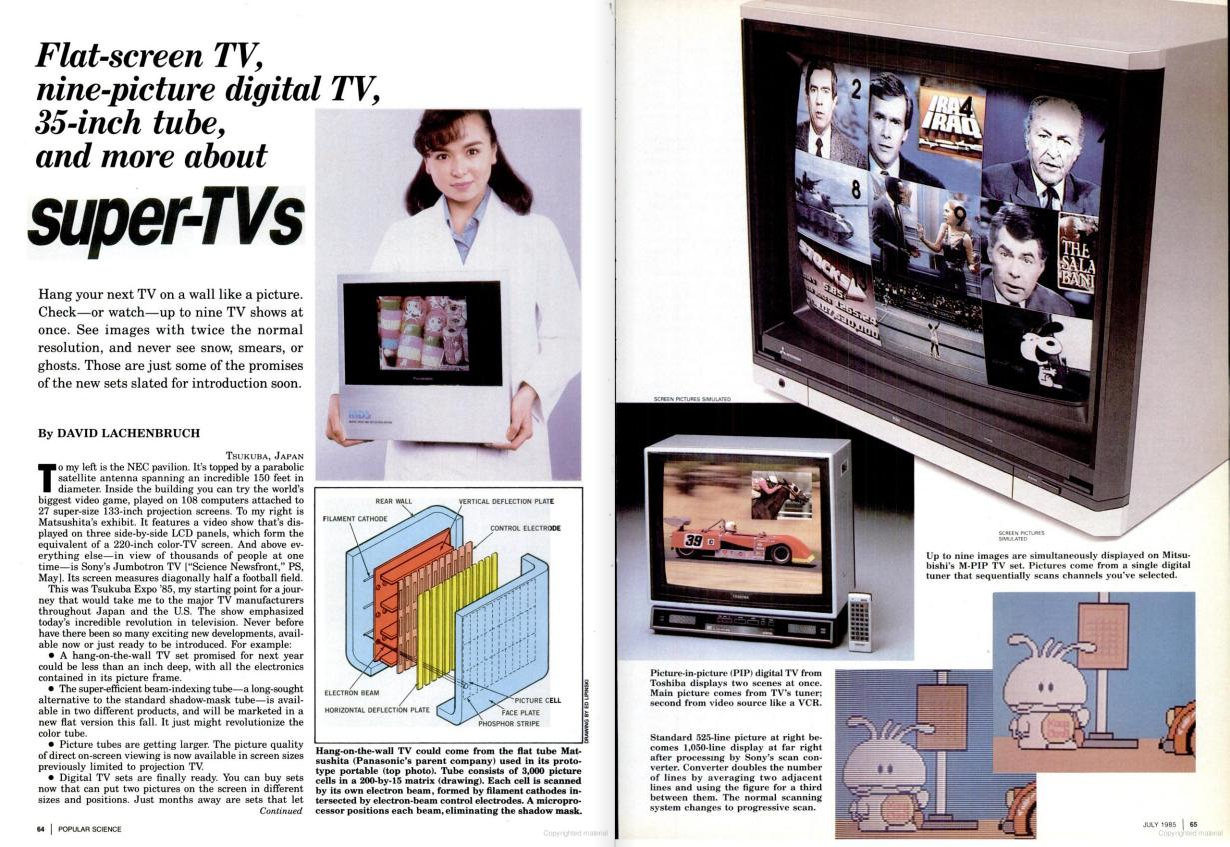
From the July 1985 issue of Popular Science.

From the February 1972 issue of Popular Science.
To make things easier I had to scale everything down. Just click on the pictures if you want to read the whole article and you will be taken to the Google Books page.

From the December 1969 issue of Popular Science.

From the March 1975 issue of Popular Science.

From the November 1983 issue of Popular Science.

Bonus: Picture in Picture and HD converter

From the July 1985 issue of Popular Science.
Comments
just because they CAN do something doesn't mean that it can be done cheaply enough to make it viable for mass marketing.
Posted by Patty in Ohio, USA on 10/31/09 at 05:50 PM
i love it when you prematurely spray us with facts like that sweetie! :lol:
Posted by Patty in Ohio, USA on 10/31/09 at 06:46 PM
i don't doubt you one bit you sexy warrior you! 😜
Posted by Patty in Ohio, USA on 10/31/09 at 07:46 PM
The purpose of this was just to show that the technology has been in development for much longer than most people realize. For example, high definition TV was being worked on way back in the 1950s. Philo Farnsworth, one of the inventors of electronic television, was on I've Got a Secret in 1957, and at the end of the interview he mentions that one of the short term goals of improving television is bumping the resolution to over a thousand lines, equivalent to today's 1080p. France even had a working 800 line system at the time, slightly higher resolution than 720p.
Also, while most of these were just barely working prototypes or concepts, the final example is more advanced than you may think. If it isn't entirely clear, that isn't an LCD TV like the rest of them, it is actually a completely flat picture tube. I'm still somewhat confused about the details, but I think it is equivalent to a large number of short and wide picture tubes stacked on top of each other, in order to eliminate the protruding electron gun. Although flat screen TVs are very popular right now, they still can't approach CRT TVs in some areas. Therefore, one of the technologies currently being developed to replace the LCD TV, the Surface-conduction electron-emitter display (SED), actually consists of millions of tiny picture tubes making up the pixels on the screen. It can offer the picture quality, contrast ratio, viewing angles, and response times of a CRT TV while at the same time offering the high resolutions, unlimited screen size, and lightness of a flat screen TV. So even though it may seem like some of these abandoned technologies led nowhere, sometimes they were just ahead of their time.
Also, while most of these were just barely working prototypes or concepts, the final example is more advanced than you may think. If it isn't entirely clear, that isn't an LCD TV like the rest of them, it is actually a completely flat picture tube. I'm still somewhat confused about the details, but I think it is equivalent to a large number of short and wide picture tubes stacked on top of each other, in order to eliminate the protruding electron gun. Although flat screen TVs are very popular right now, they still can't approach CRT TVs in some areas. Therefore, one of the technologies currently being developed to replace the LCD TV, the Surface-conduction electron-emitter display (SED), actually consists of millions of tiny picture tubes making up the pixels on the screen. It can offer the picture quality, contrast ratio, viewing angles, and response times of a CRT TV while at the same time offering the high resolutions, unlimited screen size, and lightness of a flat screen TV. So even though it may seem like some of these abandoned technologies led nowhere, sometimes they were just ahead of their time.
Posted by Salamander Sam in Chicago on 10/31/09 at 09:25 PM
i'm sure much of the technology we take for granted took many years to develop sam. this was a very cool post sweetie!
Posted by Patty in Ohio, USA on 10/31/09 at 09:44 PM
men do tend to over estimate their assets on a regular basis. 😊
Posted by Patty in Ohio, USA on 11/02/09 at 10:50 PM
Also, a story about something that you may see ten years later if it all goes well just doesn't sell the magazines, I'd imagine. I don't think you can necessarily pin it all on the engineers...
Posted by jswolf19 in Japan on 11/03/09 at 03:38 AM
true enough js, i'm sure there were men on the editorial staff as well. 😉
Posted by Patty in Ohio, USA on 11/03/09 at 07:50 AM
who sweet little innocent me? i have no knowledge about being teased by an extended post.
Posted by Patty in Ohio, USA on 11/04/09 at 03:26 PM
Commenting is not available in this channel entry.

Category: Technology | Television | 1960s | 1970s | 1980s